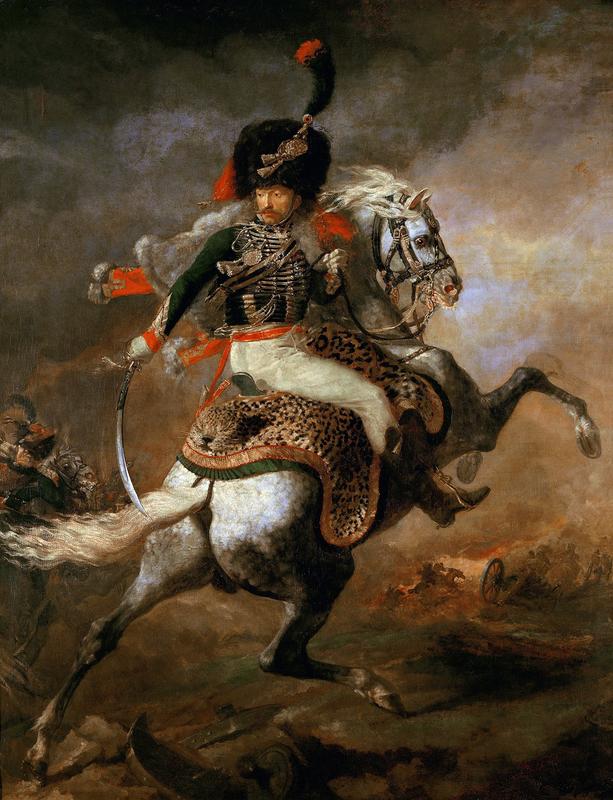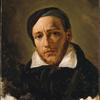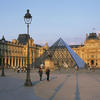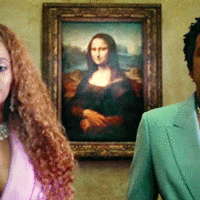More about The Charging Chasseur

Sr. Contributor
Officer of the Chasseurs Commanding a Charge has everything I want in a painting: action, suspense, and some good old-fashioned Napoleon bashing.
Théodore Géricault was never afraid to put some edge in his paintings. He combined the theatricality of Rubens and the politically-charged nature of David to formulate the perfect balance of making people think while also pissing them off.
Géricault was a self-taught artist. His artistic education revolved around intense personal study of the masterworks at the Musée Napoléon – an early iteration of the Louvre. If Géricault’s time at the museum was any indication of his later career, it’s worth noting that he was banned from the museum after attacking another student in the galleries in May 1812.
If Napoleon had written history, he would have wanted us to eternally associate his name with the victorious image that David created in Napoleon Crossing the Alps. Today, we all know that this painting was pretty much fake news, and it turns out that the young Géricault wasn’t afraid to point out Napoleon’s decline.
It is rumored that Géricault painted this tour de force in just twelve days at the age of twenty-one, which is pretty impressive considering the painting’s daring implications. For a young man who grew up witnessing Napoleon’s imperial reign as well as the ultimate failures of the Napoleonic Wars, Géricault was understandably interested in the topic. What we wouldn’t expect is his uniquely brazen execution of this subject matter. Géricault was by no means the only artist to paint the dictator, but not many French artists took such a stance. Goya also slammed Napoleon. Géricault was a rich, independent artist, so he was free to take these chances. He was so rich that daddy bought his way out of the draft to fight in Napoleon’s doomed battles.
However, his friends were not as fortunate. The painting’s former title, Equestrian Portrait of M.D***, reveals that the work is actually a portrait of the artist’s friend Alexandre Diedonné. The painting’s title later became anonymous – probably to heighten the dismal message Géricault embedded within the image. If you look closely, you can see the fear and anxiety in both the soldier and his horse. This man, Géricault’s friend Diedonné, was a casualty in Napoleon’s famous flop in attempting to invade Russia, and he is in the middle of charging away from battle.
After only a month after the march to Moscow began, what was left of Napoleon’s starving and beleaguered army began the long retreat back to France. Napoleon’s reign was officially in decline. For the first time, it seemed as though Napoleon would not conquer Europe after all. But, based on his previous track record, no one had seen this coming. Earlier sketches of Géricault’s painting show a more triumphant scene, with the soldier and horse both turned in the same direction and the soldier’s sword held high above him. The turn of events in Russia soiled Napoleon’s reputation once and for all. But the historical how-to of the painting doesn’t diminish its own place in history, and there’s a Kehinde Wiley version to prove it.
Sources
- Davies, Penelope J.E., Frima Fox Hofrichter, Joseph Jacobs, Ann M. Roberts, and David L. Simon. Janson’s Basic History of Western Art. 8th edition. Upper Saddle River, NJ: Pearson Education, Inc., 2009.
- Glover, Michael. “Charging Chasseur, 1812, by Theodore Gericault.” The Independent. July 20, 2012. http://www.independent.co.uk/arts-entertainment/art/great-works/chargin…. Accessed January 8, 2018.
- History.com. “Napoleon retreats from Moscow.” This Day in History. http://www.history.com/this-day-in-history/napoleon-retreats-from-moscow. Accessed January 8, 2018.
- Jones, Jonathan. “Officer of the Chasseurs Commanding a Charge, Gericault (1812).” The Guardian. July 18, 2003. https://www.theguardian.com/culture/2003/jul/19/art. Accessed January 8, 2018.
- Laborie, Severine. “Officer of the Charge Commanders.” Collection. http://www.louvre.fr/en/oeuvre-notices/officer-chasseurs-commanding-cha…. Accessed January 8, 2018.
- National Gallery of Art. “Gericault, Theodore.” Collection. https://www.nga.gov/Collection/artist-info.1334.html. Accessed January 8, 2018.
Featured Content
Here is what Wikipedia says about The Charging Chasseur
The Charging Chasseur, or An Officer of the Imperial Horse Guards Charging, is an oil painting on canvas executed ca. 1812 by the French painter Théodore Géricault, portraying a mounted Napoleonic cavalry officer who is ready to attack. It appeared at both the Salon of 1812 and Salon of 1814. It is now displayed in the Louvre, in Paris (Room 700, Denon wing, Level 1).
Check out the full Wikipedia article about The Charging Chasseur













